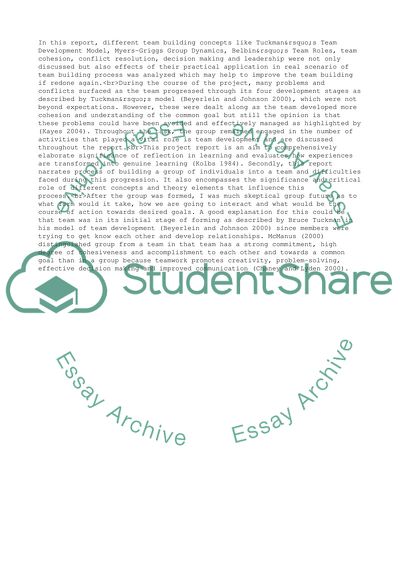Cite this document
(Different Groups in Terms of their Collaboration and High Degree of Co Assignment - 1, n.d.)
Different Groups in Terms of their Collaboration and High Degree of Co Assignment - 1. Retrieved from https://studentshare.org/business/1752420-effective-team
Different Groups in Terms of their Collaboration and High Degree of Co Assignment - 1. Retrieved from https://studentshare.org/business/1752420-effective-team
(Different Groups in Terms of Their Collaboration and High Degree of Co Assignment - 1)
Different Groups in Terms of Their Collaboration and High Degree of Co Assignment - 1. https://studentshare.org/business/1752420-effective-team.
Different Groups in Terms of Their Collaboration and High Degree of Co Assignment - 1. https://studentshare.org/business/1752420-effective-team.
“Different Groups in Terms of Their Collaboration and High Degree of Co Assignment - 1”, n.d. https://studentshare.org/business/1752420-effective-team.


